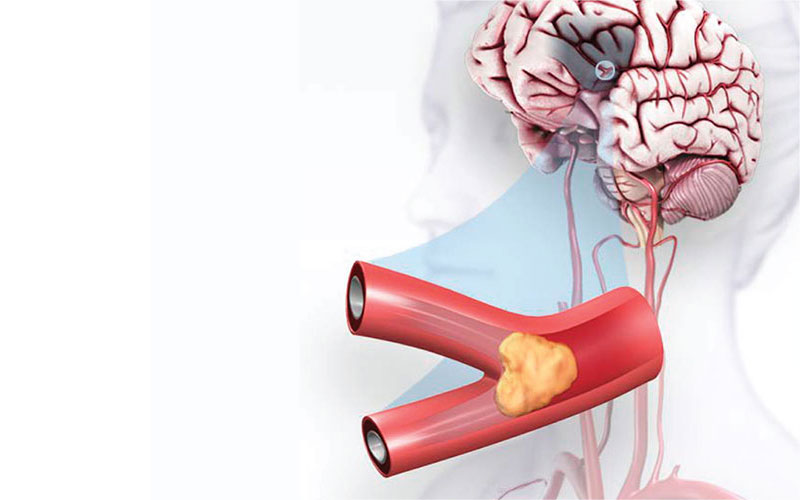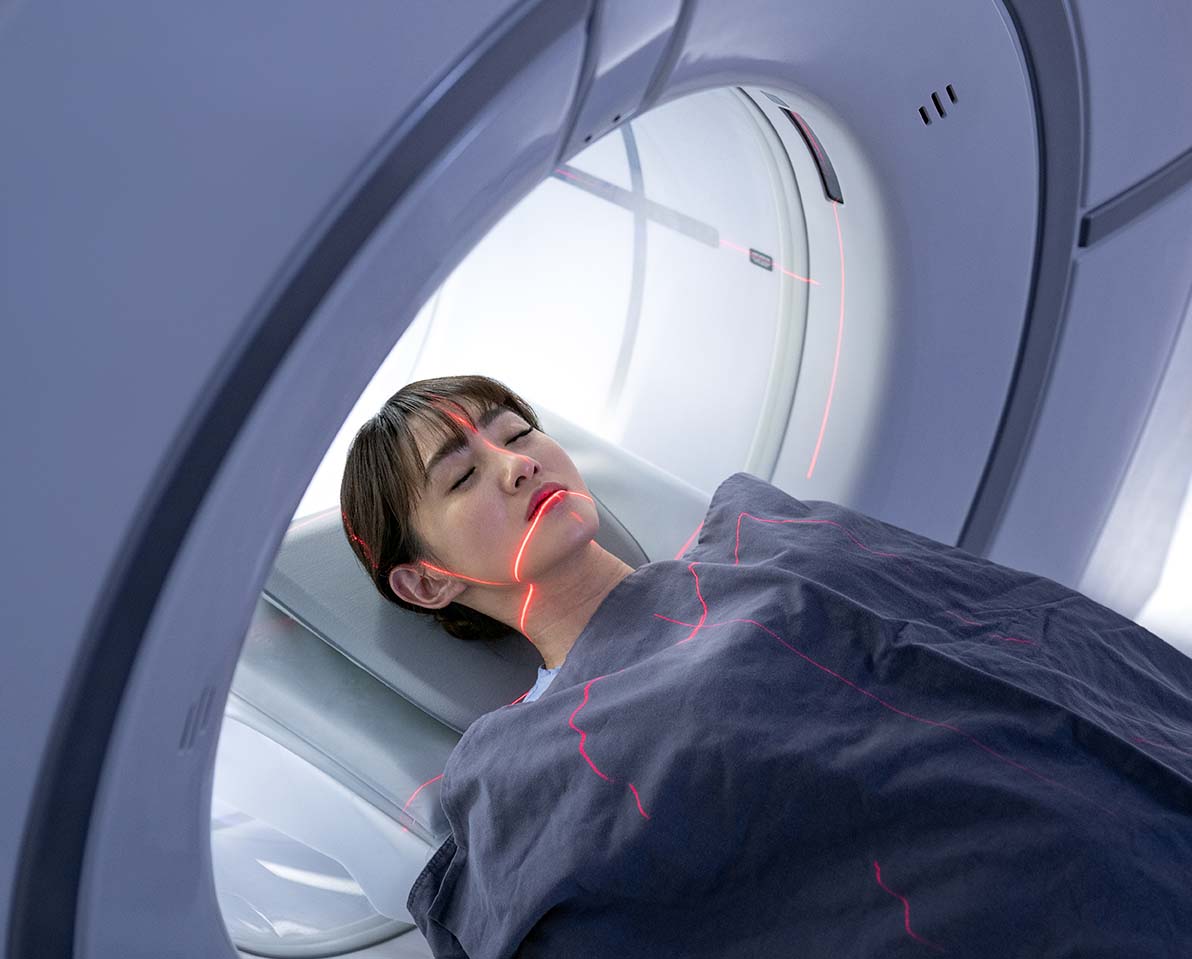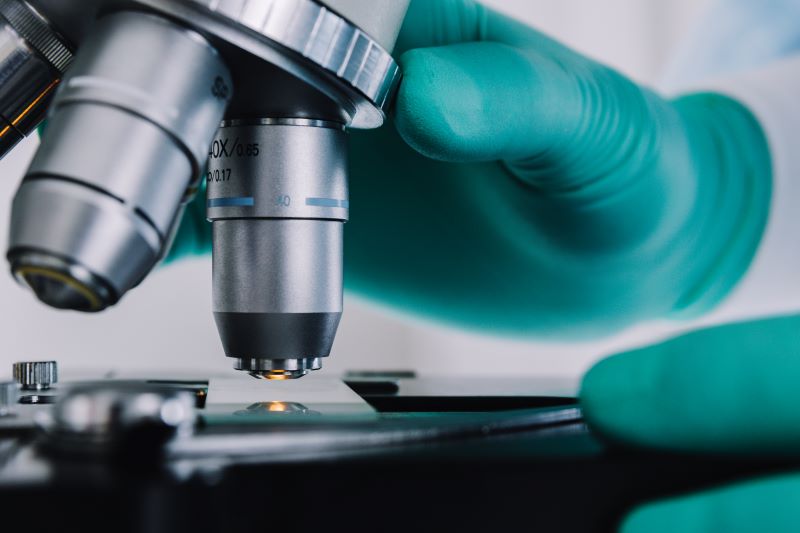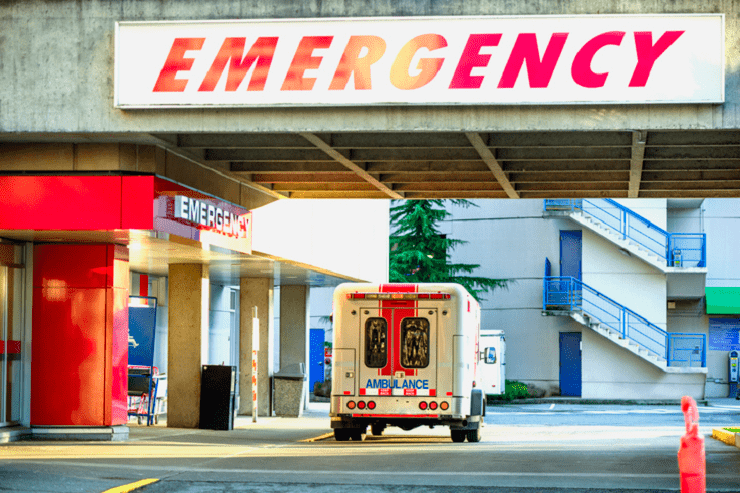Types of Stroke and Treatment
Learn the various types of stroke and related treatments. Proper care can save lives and improve quality of life.

Ischemic Stroke (Clots)
Hemorrhagic Stroke (Bleeds)
The two types of weakened blood vessels that usually cause hemorrhagic stroke are aneurysms and arteriovenous malformations (AVMs). The most common cause of hemorrhagic stroke is uncontrolled high blood pressure.
Transient Ischemic Attack (TIA)
Cryptogenic Stroke
Brain Stem Stroke
Additional Information to Make Informed Decisions
Let’s Talk About Types of Stroke Resource Series
More Resources
Updated Guidelines for Treating Acute Ischemic Strokes
Current guidelines could make more stroke patients eligible for treatment. Learn about the update and use our Acute Ischemic Stroke Toolkit to put them to work.
Prevent Another Stroke
One in 4 stroke survivors will have another. Yet, up to 80% of strokes may be prevented with a combination of medications and healthy habits. Use these resources to help prevent a second stroke.
Recent Stroke? You Don’t Have to Do It Alone.
Many people recover from stroke. Learn from those who met their recovery goals and find post-stroke resources.

Build strong connections through your smartphone
The AHA and SelfiHealth are collaborating to support heart/stroke patients and caregivers. The mobile app builds deep connections by matching participants on health concerns, shared interests and experiences.Get Connected


